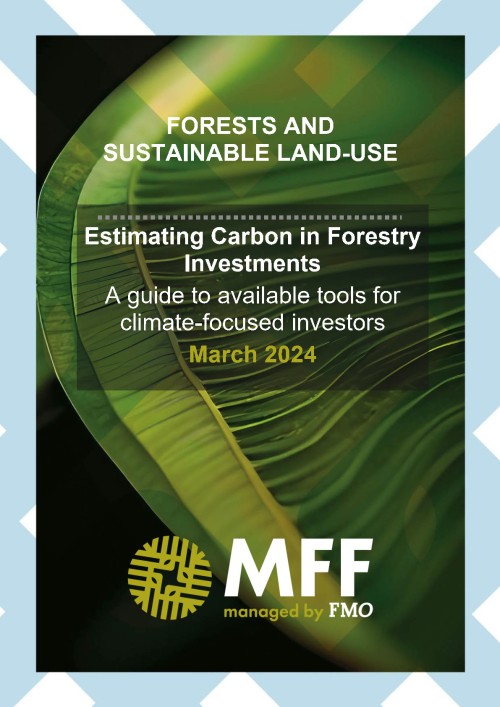


Making sense of carbon modelling tools
As DFIs and other investors intensify efforts to combat the climate crisis, nature-based investments are becoming increasingly important for meeting climate mitigation goals. Reliable carbon modelling tools can help to both assess and mitigate the risks associated with investing in nature, facilitating the allocation of funds to projects that deliver essential climate mitigation outcomes. However, as the majority of carbon modelling tools on the market come with their own methodologies, features, and nuances, navigating the available selection and selecting the right one for each investors' needs can be a challenge.
Mobilising Finance for Forests’ (MFF) latest guide entitled “Estimating Carbon in Forestry Investments: A guide to available tools for climate-focused investors” seeks to familiarize investors with the array of available carbon modelling tools in the forests and sustainable land use sector. The guide will support users in discerning between tool capabilities, accurately assessing the value of tool projections, understanding their limitations, and comparing information generated by different modelling tools. This document also provides guidance on how to effectively utilize these tools, which specific questions each tool can address, and what decisions can be made based on the information provided by each tool.
Click here to access the guide
Delivered by FMO with funding from the UK’s International Climate Finance Fund, the Mobilising Finance for Forests programme was established in 2021 as a blended finance investment program to combat deforestation and other environmentally unsustainable land use practices contributing to global climate change. MFF’s Learning’ Convening & Influencing Platform seeks to unlock finance for forests and nature by improving the knowledge and capacity of the investment ecosystem to manage the complexity of investing in forests.